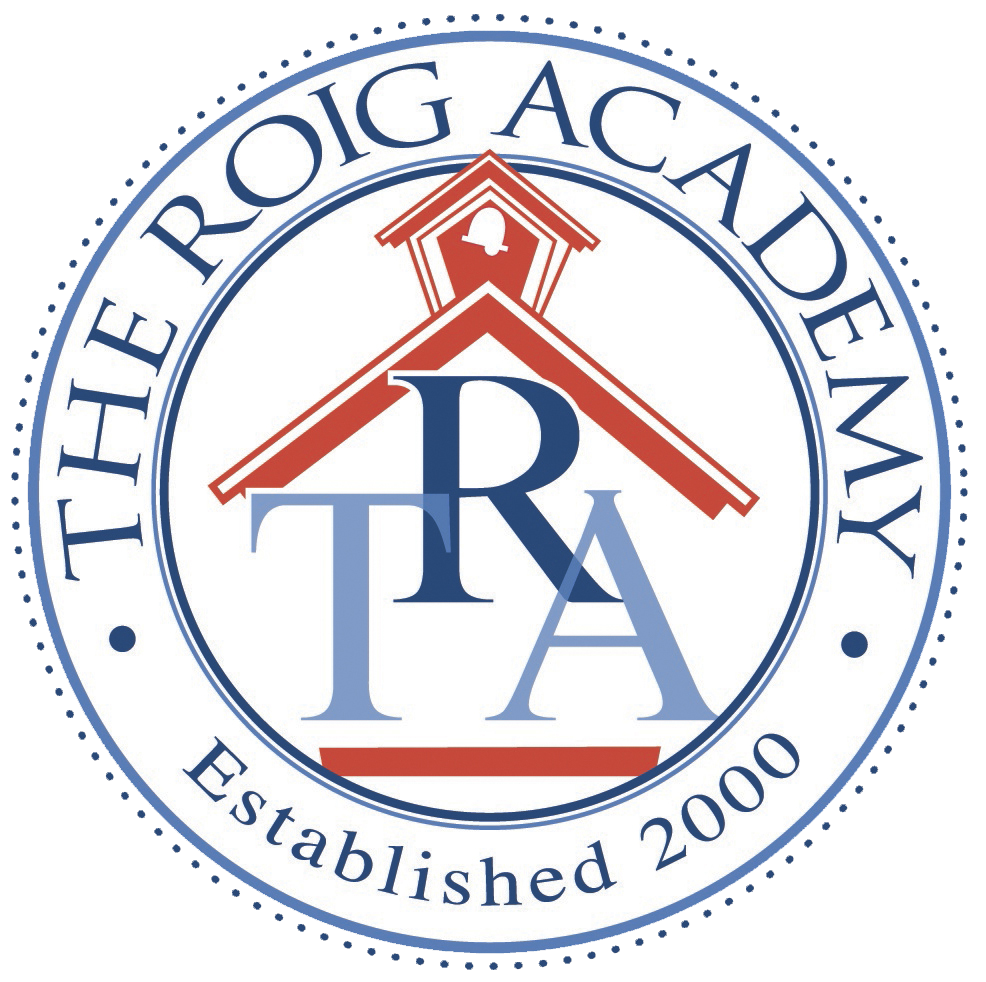Bilingualism refers to the ability to use two languages in everyday life. It is very common and on the rise in many parts of the world. There are several benefits of bilingualism. The most important benefit is bilingual children will know multiple languages. Knowing more than one language is important for travel, employment and making friends from different backgrounds. Research has shown that bilinguals tend to be more creative. One study suggests that their brain functions may stay sharper as they age.
Known advantages of bilingualism in children include cognitive benefits and being competitive in a global market as adults. A study from the journal of Psychological Science found bilingual children have an advantage when it comes to communication skills and social abilities. The Hanen Center found that the benefits of bilingualism in children are they are better able to focus on relevant information and ignore distractions and they are more creative and better at planning and solving complex problems. In addition, bilingual individuals have greater access to people and resources.
The best approach to raising bilingual children is to start early.
According to Pediatrician Dr. Gwendolyn Delaney, studies have shown that children who are exposed to more than one language have greater tissue density in areas of the brain related to language, memory, and attention. When the additional language is introduced before age 5, the effect is especially strong. Delaney found that the most common concerns that parents have is that exposing children to multiple languages might confuse the child. She ensures that this should not be a concern. Further, according to Emory University psychology professor Laura L. Namy, children can begin to learn sounds of their mother’s’ native language while in the womb, and they can tell the difference between that languages and other languages from birth.
Parents who like the idea of raising bilingual children might find it difficult if they themselves are monolingual. One option is to enroll the child in a bilingual language immersion program as early as preschool. This will provide the toddler with exposure and language stimulation in 2 languages. Immersion education can take several different forms– full immersion, partial immersion, double immersion, and two-way immersion. Take for instance, The Roig Academy. The Roig Academy is a partial immersion instructional setting. This means that about 50% of education is in the second language- Spanish. Academics in English, supported and supplemented with Spanish songs, stories, rhymes and conversations. All of this leads to a bilingual toddler.
Let’s get to know each other!
You can also contact admissions at 305-235-1313.

